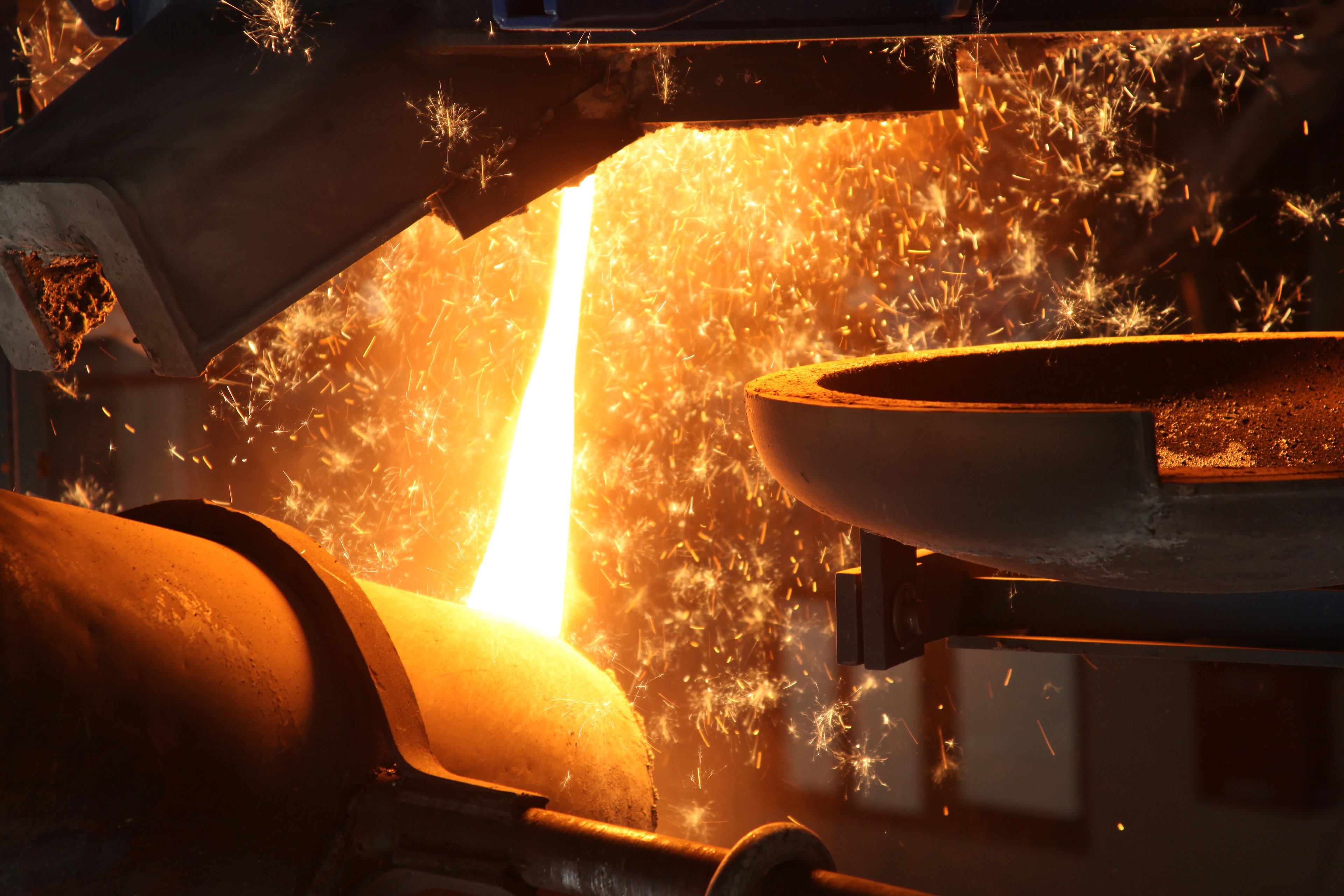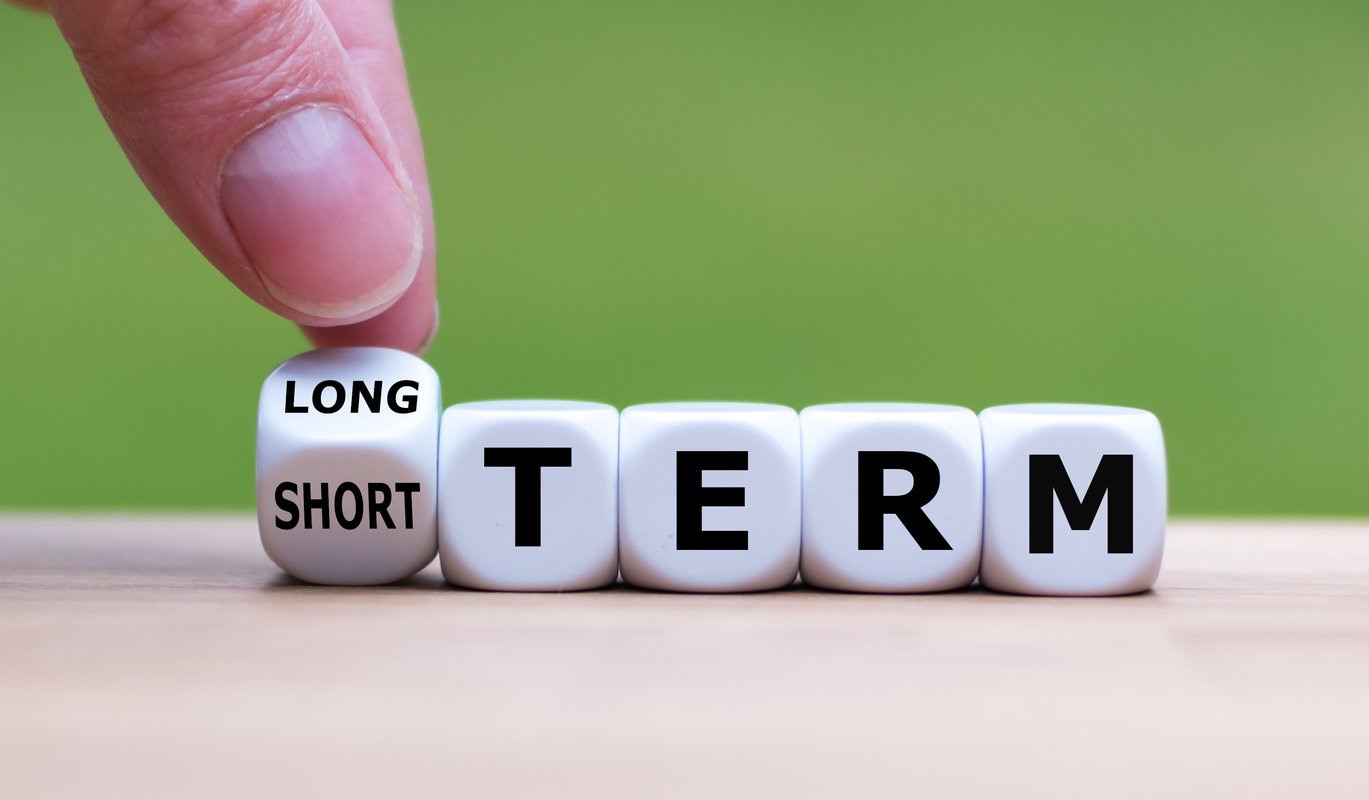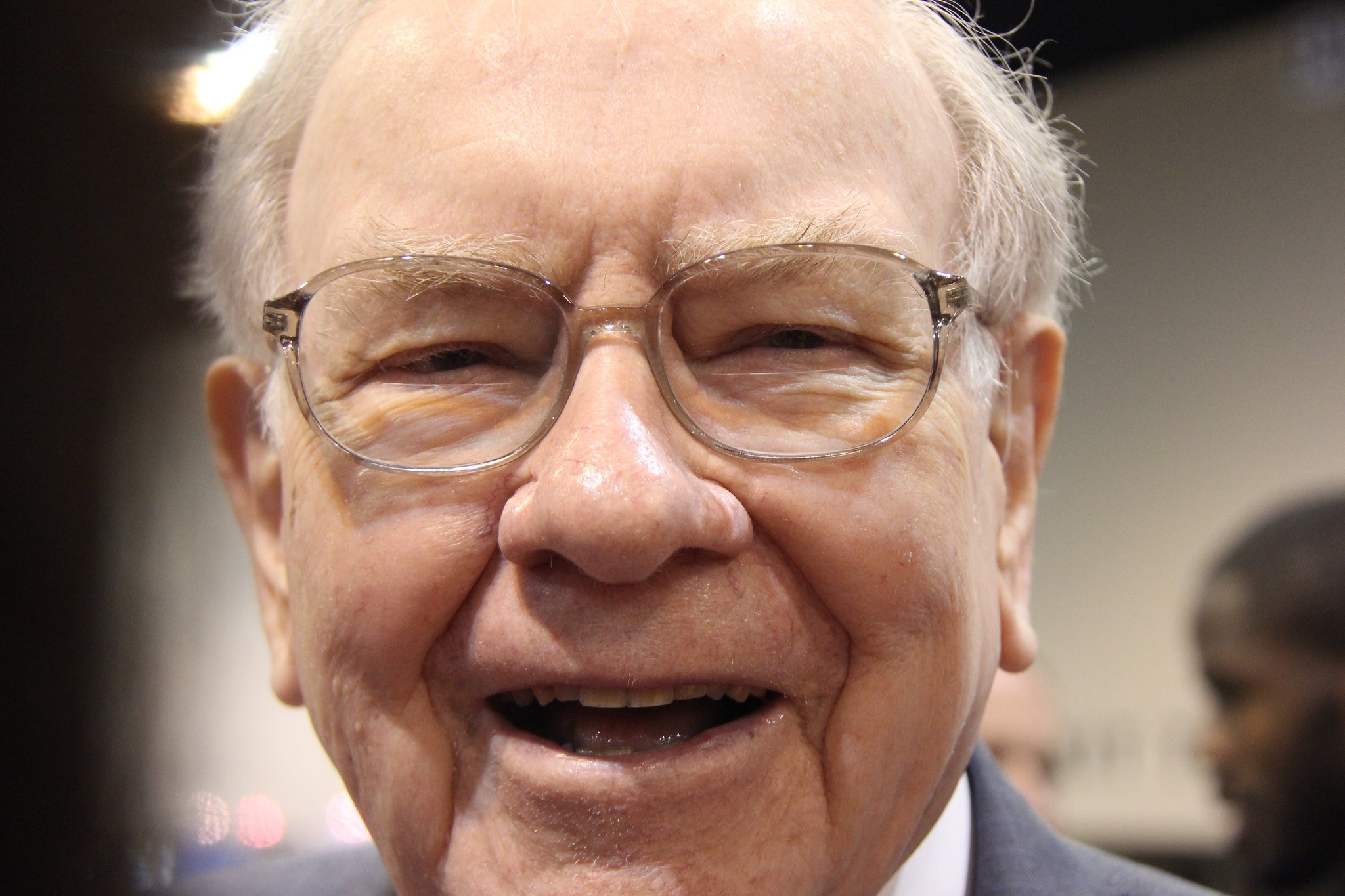AK Steel (AKS +0.00%) is one of the largest steelmakers in the United States. It suffered badly during the long industry downturn that followed the 2007 to 2009 recession and took a huge toll on its balance sheet. The current industry upturn has lifted the company's results, however, and led to a balance sheet improvement -- but investors still need to keep a close eye on this particular financial statement. Here's why.
It got really bad
AK Steel lost money every year between 2009 and 2016. It was a brutal period of time during which the company's cumulative losses totaled more than $16 per share. A big portion of this red ink was driven by write-offs -- essentially, AK Steel took non-cash charges to reduce the value of long-term assets that were no longer expected to produce as much value as once believed.

Image source: Getty Images
Non-cash charges get pulled from shareholder equity, an important item on the balance sheet. This is where retained earnings reside, which is often one the largest components of shareholder equity. That, in turn, makes retained earnings an important component of a company's book value. Simplifying things a little bit, this is the money that a company made but wasn't distributed to shareholders.
The steep losses at AK Steel, driven by big non-cash charges, pushed the company's retained earnings deep into negative territory. By 2015 retained earnings were roughly negative $3.06 billion. That pushed stockholder equity to negative $980 million in 2015. That's a very bad number, suggesting that there would have been nothing left for shareholders if the company had closed up shop and liquidated its assets at that point.
At the same time, AK Steel's long term debt had risen from around $600 million in 2009 to roughly $2.4 billion by the end of 2015. Rising debt and negative shareholder equity are a recipe for disaster -- you see them together on the balance sheets of companies that are heading to bankruptcy. So it's little wonder that AK Steel's stock, which once traded for around $70 a share, is currently trading hands at less than $3 per share.
Things are getting better
That's the bad news. But the company turned a profit of $0.02 a share in 2017 and $0.59 in 2018, so clearly its fortunes have reversed course. Steel is a highly cyclical industry, so this isn't an atypical pattern. What was different this time was the depth of the losses AK Steel experienced during the last downturn.
With positive earnings, however, AK Steel has been able to reduce the negative value of its retained earnings. That number has now fallen from a negative of just over $3 billion to roughly negative $2.7 billion (it's labeled "accumulated deficit" on the company's balance sheet, which is more descriptive). That improvement has allowed the company to report positive shareholder equity of around $95 million. Add in non-controlling interests, and the steel maker's total equity is around $430 million. Long-term debt, meanwhile, has held relatively steady at about $2 billion.
AKS Shareholders Equity (Quarterly) data by YCharts
All-in debt now makes up less than 100% of AK Steel's capital structure. At roughly 80% of the capital structure (which includes non-controlling interests), debt remains a huge issue for AK Steel and its shareholders. For comparison, long-term debt was roughly 35% of United States Steel's (X +0.00%) capital structure at the end of the first quarter, 38% at Steel Dynamics (STLD 1.68%), and 29% at industry leader Nucor (NUE 2.45%). Despite the improvement at AK Steel, it remains an outlier in the industry when it comes to the balance sheet.
Credit where credit is due
AK Steel's management team has made material improvement on the leverage front, notably by getting the company back into the black. Despite the changes, this stock isn't the best option for most investors looking at the steel industry because its balance sheet remains among the weakest in the sector. And while the earnings rebound throughout the industry is inspiring, it needs to be taken with a grain of salt because steel is a cyclical business. When the next downturn hits -- which will eventually happen -- AK Steel will be among the companies least capable of dealing with the impact because of the still relatively weak state of its balance sheet. It simply lacks the balance sheet flexibility that its peers have.









